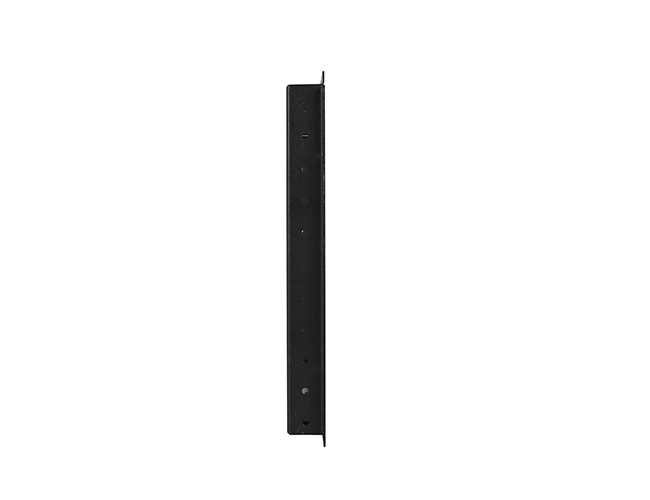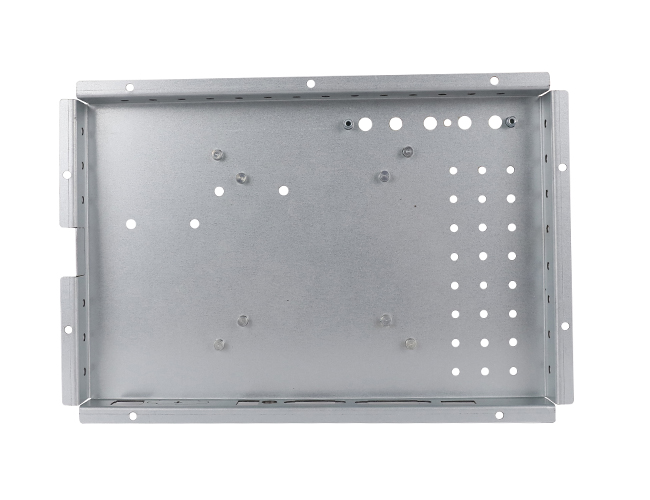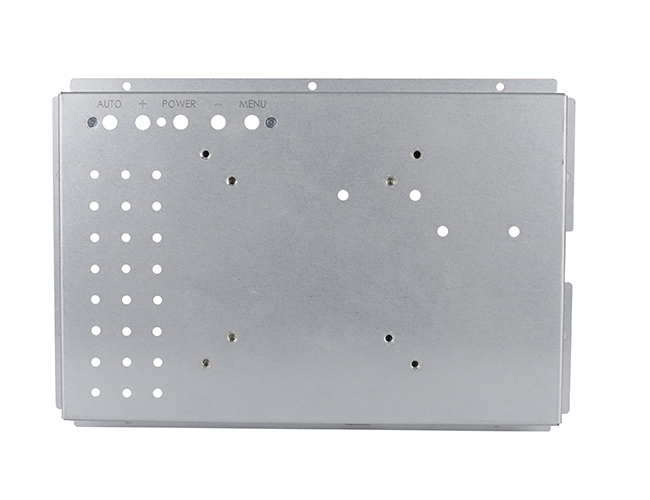



JAVA Metal has several sets of advanced sheet metal processing equipment, which can customize and process all kinds of monitor back cover.
The monitor is the I/O device of the computer, that is, the input and output device. It is a display tool that displays certain electronic files on the screen through a specific transmission device. With the continuous development of display technology, the classification of displays is becoming more and more detailed. Let's first look at the classifications:
1. CRT display
It is a display using a cathode ray tube. The cathode ray tube mainly consists of five parts: electron gun, deflection coil, shadow mask, phosphor layer and glass casing. It is one of the most widely used monitors. CRT flat-screen monitors have large viewing angles, no dead pixels, high color reproduction, uniform chromaticity, adjustable multi-resolution mode, and extremely short response time. LCD monitors are difficult to surpass. The advantages. According to different standards, CRT monitors can be divided into different types.
2. LCD display
LCD display is a liquid crystal display, which has the advantages of thin body, small footprint and small radiation, giving people the image of a healthy product. However, the LCD screen may not be able to protect the eyes, which depends on the habits of each person using the computer.
The working principle of LCD liquid crystal display, there are many liquid crystal particles inside the display, they are regularly arranged in a certain shape, and the color of each side of them is different: red, green, blue. These three primary colors can be restored to any other color. When the monitor receives the display data from the computer, it will control each liquid crystal particle to rotate to a surface of a different color to combine into different colors and images. Also because of this, the shortcomings of the LCD screen are that the color is not bright enough, and the viewing angle is not high.
3. LED display
LED display: LED is light emitting diode, the English abbreviation of light emitting diode, referred to as LED. It is a display screen used to display various information such as text, graphics, images, animations, market quotations, videos, video signals, etc. by controlling the display mode of semiconductor light-emitting diodes.
4. 3D display
3D display has always been recognized as the ultimate dream of display technology development, and many companies and research institutions have been engaged in this research over the years. Developed countries and regions such as Japan, Europe, America, and South Korea have been involved in the research and development of stereoscopic display technology as early as the 1980s. Since the 1990s, they have successively obtained different degrees of research results. Two major stereoscopic display technology systems for glasses. Traditional 3D movies have two sets of images on the screen, and the audience must wear polarizers to eliminate ghosting, form parallax, and create a three-dimensional effect.
5. Plasma display
PDP (Plasma Display Panel, plasma display) is a new generation of display equipment that adopts the plasma flat screen technology that has developed rapidly in recent years.
Imaging principle: The imaging principle of plasma display technology is to arrange thousands of sealed small low-pressure gas chambers on the display screen, excite them through current to emit ultraviolet light invisible to the naked eye, and then the ultraviolet light hits the red and green on the back glass. , and blue 3-color phosphors emit visible light that can be seen by the naked eye to form images.
The display is composed of the following parts:
1. Metal structure frame: Its function is to form the inner frame, carrying various circuit boards such as display unit boards or modules, and switching power supplies.
2. Display unit: It is the main part of the display screen. The indoor screen is the unit display board of various specifications, and the outdoor screen is the module box.
3. Scanning control board: The function of this circuit board is data buffering, generating various scanning signals and duty ratio grayscale control signals.
4. Switching power supply: convert 220V alternating current into various direct currents to provide various circuits.
5. Transmission cable: The display data and various control signals generated by the main controller are transmitted to the screen by twisted pair cables.
6. Main controller: buffer the input RGB digital video signal, transform grayscale, reorganize, and generate various control signals.
7. Special display card and multimedia card: In addition to the basic functions of a computer display card, it also outputs digital RGB signals and signals such as line, field and blanking to the main controller. In addition to the above functions, Multimedia can also convert the input analog Video signal into a digital RGB signal.
8. Computer and its peripherals: including the monitor's chassis/back cover, backplane and other parts.
The company has a number of advanced sheet metal processing equipment, and has a complete set of sheet metal processing process: laser cutting, bending, riveting, welding, grinding and polishing and surface treatment, can be customized to process various types of display chassis and rear cover. Materials can be selected from cold-rolled sheet, hot-rolled sheet, galvanized sheet, copper sheet, aluminum alloy, stainless steel and other materials. The whole process design can also be carried out according to pictures or sketches required by customers. Welcome to consult!
Main Advantages
1.The saw-cut length error is small
2.With the excelsior detail processing, there are no burr and flashing of the processing site.
3.There are no chromatic difference, no bubble and free from pinhole porosity of the external surface treatment.